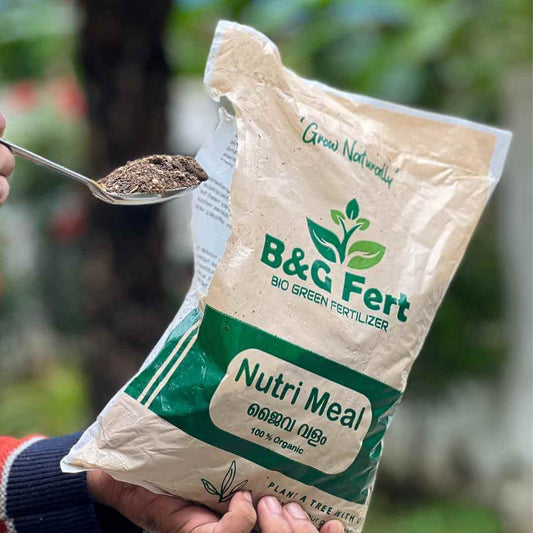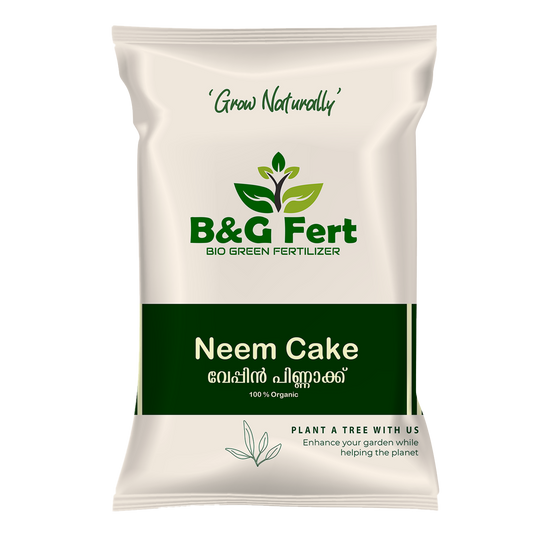
The Basics of Growing Philodendrons: A Beginner’s Guide
Philodendrons are beloved houseplants known for their lush, tropical foliage and easygoing nature. Whether you’re a seasoned gardener or a beginner, these versatile plants can thrive in a variety of indoor environments with the right care. Here’s a simple guide to help you understand the basics of growing and caring for philodendrons.
1. Choosing the Right Philodendron
There are two main types of philodendrons: vining and non-vining.
-
Vining Philodendrons: These plants have long, trailing stems and are perfect for hanging baskets or training up a trellis. Popular varieties include the Heartleaf Philodendron (Philodendron hederaceum) and the Brasil Philodendron.
-
Non-Vining (Self-Heading) Philodendrons: These grow in an upright, bushy form. Popular varieties include the Philodendron ‘Xanadu’ and the Split-Leaf Philodendron (Philodendron bipinnatifidum).
Choose a variety that suits your space and preference. Vining types are great for adding height or cascading greenery, while non-vining types are excellent for filling larger spaces with bold foliage.
2. Light Requirements
Philodendrons are adaptable to a range of light conditions, but they do best in medium to bright, indirect light.
-
Indirect Light: Place your philodendron near a window with filtered sunlight. They can tolerate lower light conditions but may grow slower and produce smaller leaves.
-
Avoid Direct Sunlight: Direct sunlight can scorch the leaves, causing them to turn yellow or brown.
3. Watering Philodendrons
Proper watering is crucial for the health of your philodendron.
-
Watering Frequency: Water your philodendron when the top inch of soil feels dry. Overwatering can lead to root rot, while underwatering may cause the leaves to wilt.
-
Drainage: Ensure your pot has drainage holes to prevent water from accumulating at the bottom. Philodendrons prefer well-drained soil that doesn’t stay soggy.
-
Humidity: Philodendrons enjoy a humid environment. You can increase humidity by misting the leaves, using a humidifier, or placing the pot on a tray of pebbles and water.
4. Soil Requirements
Philodendrons prefer a well-draining, aerated potting mix that retains moisture without becoming waterlogged.
-
Ideal Mix: A mix of peat moss, perlite, and potting soil works well. You can also add some orchid bark for extra aeration.
-
pH Level: Philodendrons thrive in slightly acidic to neutral soil, with a pH range of 5.5 to 7.0.
5. Fertilizing Philodendrons
Philodendrons are not heavy feeders but benefit from occasional fertilizing during the growing season.
-
Frequency: Fertilize once a month during spring and summer with a balanced, water-soluble fertilizer diluted to half strength.
-
Avoid Over-Fertilizing: Too much fertilizer can cause salt buildup in the soil, leading to leaf burn. Reduce feeding during the fall and winter when the plant’s growth slows down.
6. Pruning and Maintenance
Regular pruning helps maintain the shape of your philodendron and encourages new growth.
-
Pruning: Use clean, sharp scissors or pruning shears to trim back leggy stems and remove any yellow or damaged leaves. Vining varieties can be cut back to control their length.
-
Cleaning: Wipe the leaves with a damp cloth to remove dust, which can block sunlight and reduce photosynthesis.
7. Repotting Philodendrons
Philodendrons should be repotted every 1-2 years, or when they outgrow their current pot.
-
When to Repot: If you notice roots growing out of the drainage holes or the plant seems root-bound, it’s time to repot.
-
How to Repot: Choose a pot that is one size larger and refresh the potting mix. Gently remove the plant from its current pot, loosen the roots, and place it in the new pot with fresh soil.
8. Common Problems and Solutions
Philodendrons are generally hardy plants, but they can encounter a few common issues:
-
Yellow Leaves: Often a sign of overwatering or too much direct sunlight. Adjust watering habits and move the plant to a spot with indirect light.
-
Brown Leaf Tips: This could be due to underwatering, low humidity, or over-fertilizing. Increase humidity, check your watering routine, and reduce fertilizer application.
-
Pests: Philodendrons can attract pests like spider mites, aphids, and mealybugs. Treat infestations with insecticidal soap or neem oil, and isolate the plant until the pests are gone.
Conclusion
Philodendrons are resilient and rewarding plants that can thrive with minimal care. By providing the right light, water, and soil conditions, you can enjoy their lush, vibrant foliage year-round. Whether you're growing a vining variety that trails elegantly from a hanging basket or a non-vining type that stands tall in a corner, philodendrons add a touch of tropical beauty to any indoor space.














